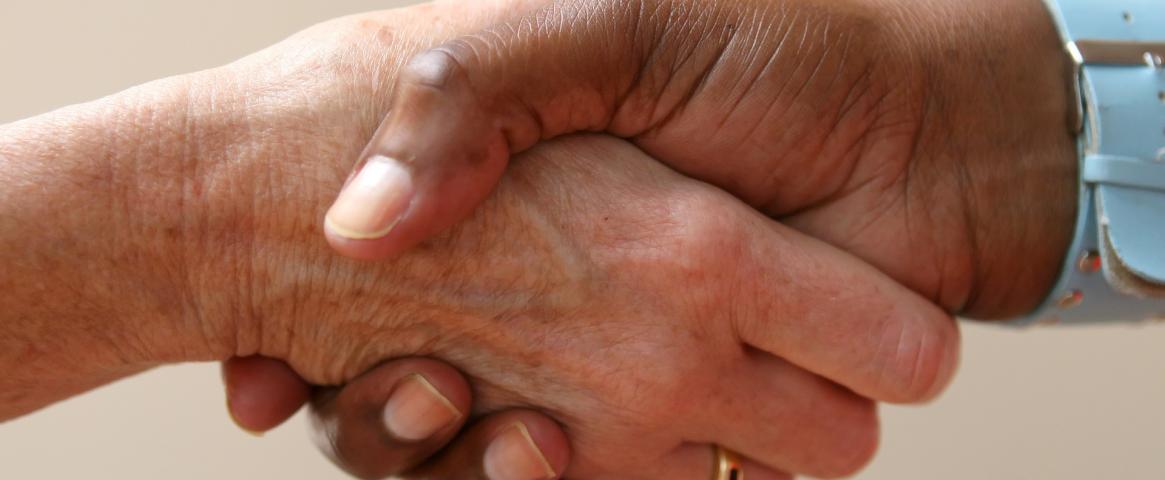By Mackenzie White
Uncertainty pervades science, and the field of biomedicine is no exception. Mysteries create a unique challenge for reporters who must wade through murky memories, conflicting patient accounts, and unresolved scientific questions.
In “Probing patient stories–and unsettled science–without breaking trust,” three journalists weighed in on how they approach the ambiguity of lived patient experiences, their relationships with sources, and the delicate process of stitching these elements together in a story.
On accepting uncertainty
When faced with inconsistent narratives, often the best solution is leaning into the uncertainty, said Sarah Zhang, a staff writer at The Atlantic. “[Sometimes] you can ask as many questions as you want, but the answers aren’t there,” she said, “I had to figure out how to write around the mystery.”
Brian Resnick, a senior science reporter at Vox, also embraces this approach. One of his most recent projects is Unexplainable, a podcast about unanswered questions in science. One episode tackles ball lightening, a rare and scientifically unexplained phenomenon wherein a globe of lightening appears during a thunderstorm.
“It’s an extremely uncanny thing; it’s probably the most mysterious thing that you could potentially see in your daily life,” he said. Grappling with the imperfection of personal reports, Resnick says ball lightning is “probably real, even though it’s based on these fleeting moments of people’s lived experiences.”
On building and managing relationships
When it comes to building trust with sources, setting personal boundaries in these relationships, and processing deeply personal conversations with sources, the key is honesty, said Shayla Love, a senior staff writer at Vice.
In writing features addressing mental health, Love speaks with patients about their intimate experiences and emotional vulnerabilities – information previously only shared with their therapist in many cases, she said.
“It’s a gift to hear those things from people, and I don’t want them to feel like it’s a drive-by,” she said, but maintaining correspondence with all of these sources is unrealistic. Instead, Love reminds both herself and her source that they have a journalistic relationship, using external cues like a visible recorder and notebook to remind them “that we are not necessarily friends chatting,” she said.
Resnick agreed that transparency with sources is essential. In establishing a source relationship, reporters should communicate how they found the source and their intentions for the story, he said.
On patient experience versus scientific consensus
In approaching discrepancies between patient beliefs and expert scientific opinions without invalidating a patient’s experience, Zhang said reporters have a responsibility to ask patients about the inconsistency “rather than spring it into the story without asking them.”
These discrepancies may shed light on elements of a bigger story. Love said exploring experiences that contradict established opinions can help reveal the nuances of a topic. She typically focuses on the sources between extreme views, “I’m interested in the grey area.”
Resnick said he gives both laypeople and researchers the space to say when they do not know something. He wants sources to know, “I’m here to catch you at your most articulate, expressing the things that you know best.”
On diversity
While it can be challenging to find diverse voices in the world of patient advocacy, Zhang said that social media can be a helpful place to find patients. Love added that some advocacy groups are dedicated solely to diversity and “can be a way to ensure you get a wider diversity in patients.”
In biomedical reporting and beyond, the panelists said that diversity, trust, and respect play essential roles in navigating unavoidable ambiguity. “Wherever you look in science”, Resnick said, “there is going to be uncertainty.”
Mackenzie White is currently a visiting PhD researcher at UCLA supported by the Planetary Science Institute, NASA, and Southern Methodist University. Her interests include science writing, geology, and planetary science. Email her at mnwhite@utexas.edu or visit her website at mackenzienwhite.com.
Hero image by Shutterbug75 from Pixabay.




